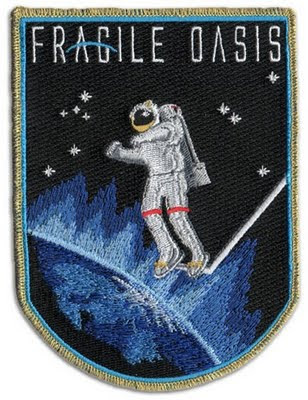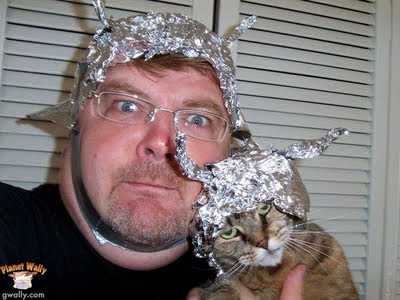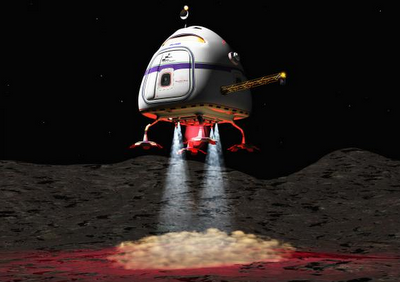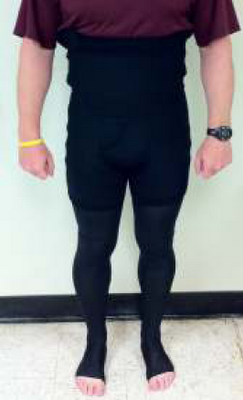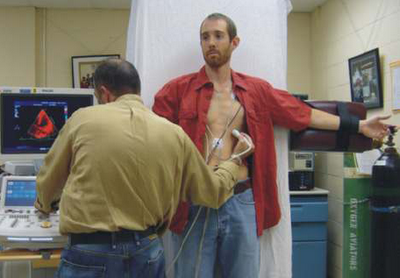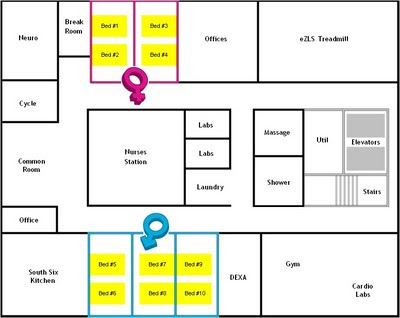I'm surprised Congress hasn't moved their operations to low earth orbit, since there can (quite literally) be no whistleblowers in space!
IO9 recently reported on Why Astronauts Can't Whistle in Space, claiming that the fact was "discovered" by Dan Barry in 1999… but that's rather like saying Cristoforo Colombo "discovered" America when there were already human inhabitants on the continent. Another case of HE WASN'T EVEN CLOSE TO BEING FIRST.
Of course, trying anything in the vacuum of space would result in swift death, so it comes down to: can you whistle in the space station? Yes. Can you whistle while inside of a space suit? No. In the Apollo era, many of the moonwalkers found they could not whistle inside the Lunar Module or in their space suits. The short answer then and now? Air pressure.

Not so fast, pal!
For humans to create whistle sounds, they must suck or blow a controlled airstream through the lips, teeth, and tongue in such a shaped, narrow way that creates turbulence, which must in turn vibrate fast enough to produce audible tones. This is fairly simple to accomplish in the 14+ psi (pounds per square inch) of breathable air close to the Earth's crust.
By contrast, space suits re-circulate air with only about 4 psi of pressure – not nearly enough to create that necessary labial turbulence. Not enough air molecules? Not enough vibration? No whistle.

Why Female Astronauts Don't Miss Whistling
Astronaut trainers have for years told astronauts once they are in their suits, deliberate or absent-minded attempts to whistle while they work, but space-walkers feel the need to put it to the test, as evidenced by similar interviews of astronauts Jeff Hoffman, Jim Reilly, Mike Fossum and Ron Garan, among others.
So, time and time again we prove we cannot whistle in space. Hey, there's no such thing as a "good hair day" in space either, but why should we care? Coifs? Whistling while we work? Does it matter? Probably not.
It's just a reminder of how different life can be away from Earth's atmosphere. Likewise, all bets are off when we leave the gravitational field, leave the magnetic field, and/or leave the biosphere of Earth behind. We did not evolve in the vacuum of space, and it will thus forever be a foreign environment, full of surprises great and small.

